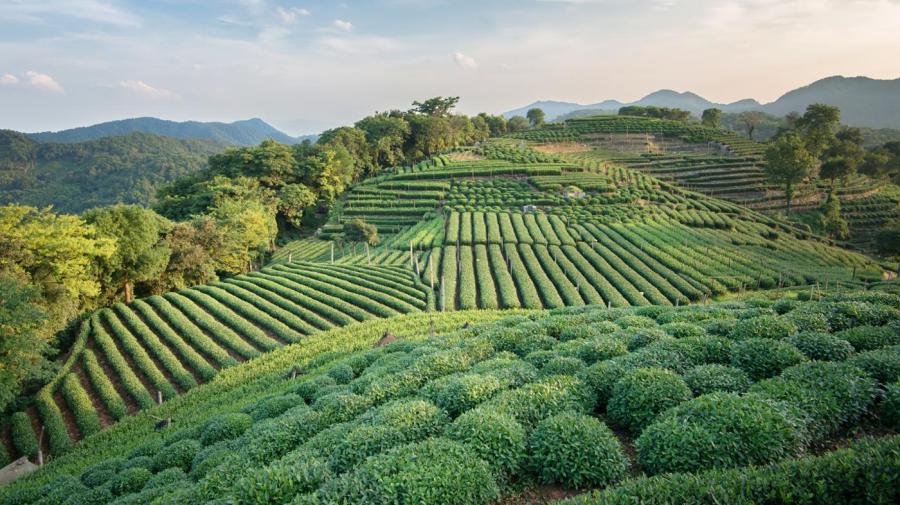What Is the Meaning of “Green Revolution”?

The Green Revolution is a term referring to the reformation of agricultural practices resulting in dramatic increases in crop yields. According to About.com, the Green Revolution began in Mexico in the 1940s. It then spread to countries around the world, helping to alleviate mass famine and feed millions of people.
In 1944, the Rockefeller Foundation and the Mexican government founded a program to conduct agricultural research into developing a disease-resistant, high-yielding strain of wheat. Headed by Norman Borlaug, an American scientist, the program was so successful that after 20 years, Mexico began growing more wheat than its people needed. In the 1960s in India, Borlaug and his team developed a new strain of rice called IR8 which dramatically increased rice crops, making India one of the leading rice producers in the world. In the 1980s, the Green Revolution moved on to China, which is now the world’s largest food producer. In 1970, Norman Borlaug received the Nobel Peace Prize for his efforts to end world hunger through the Green Revolution.





